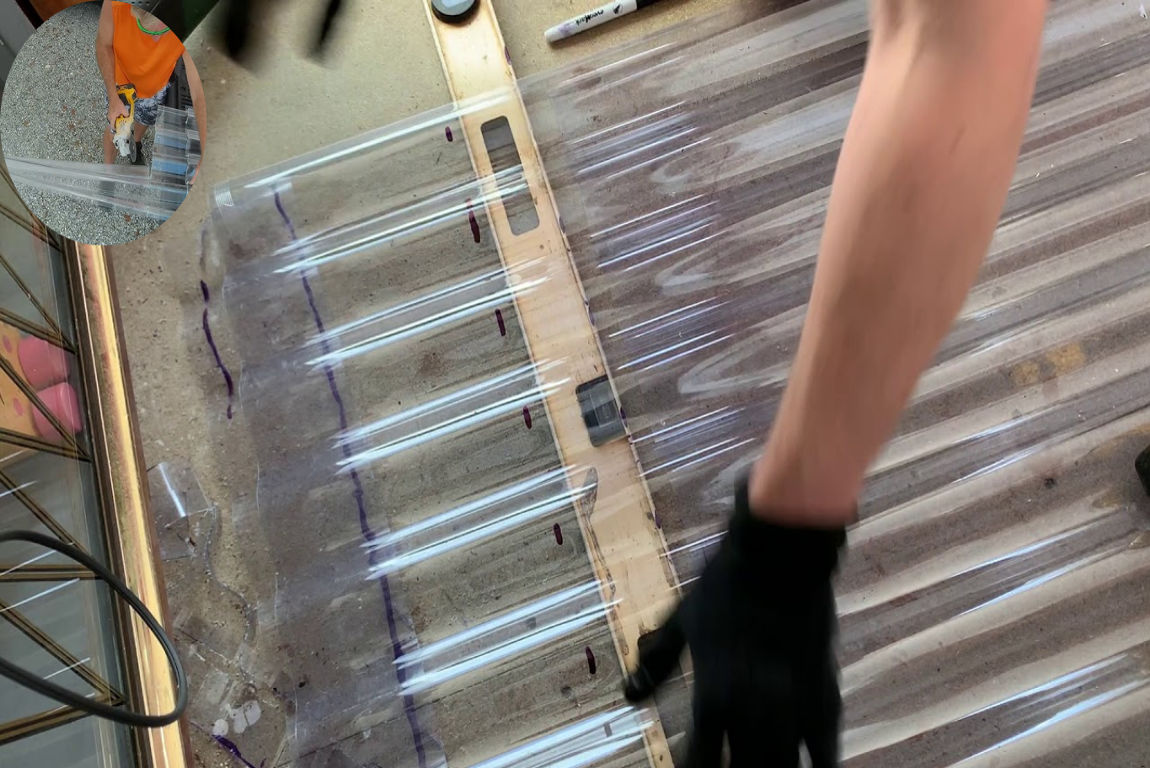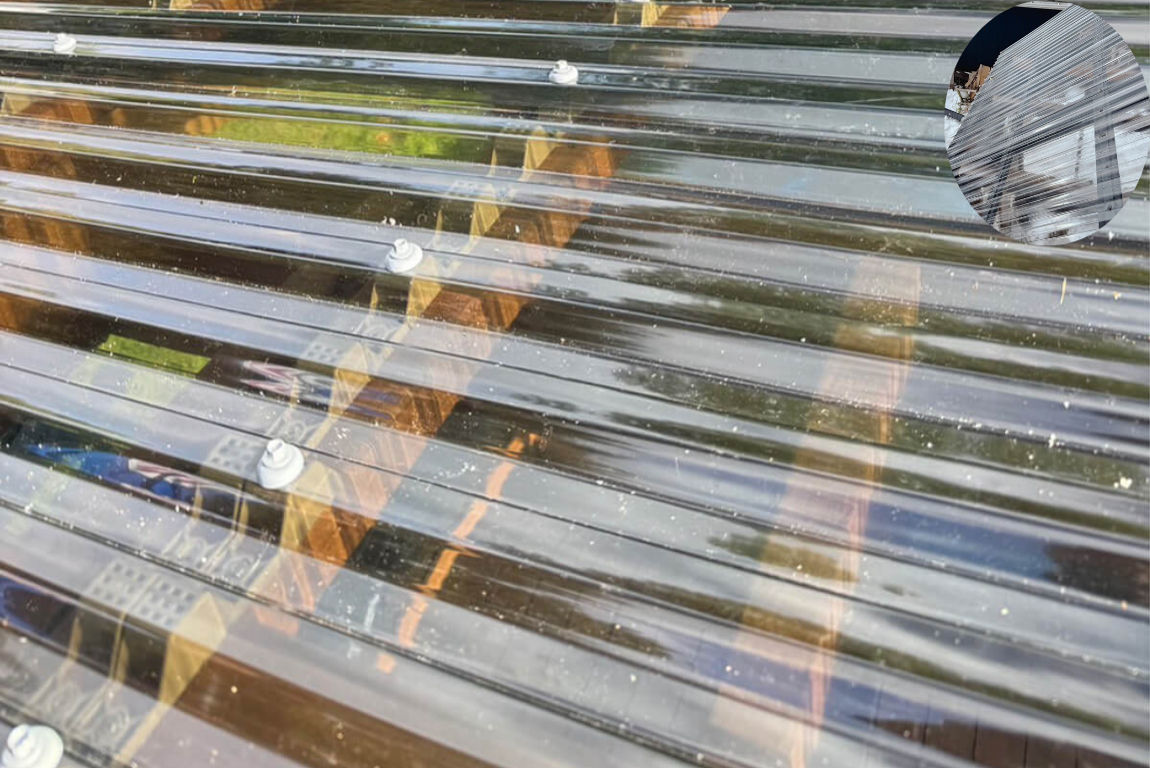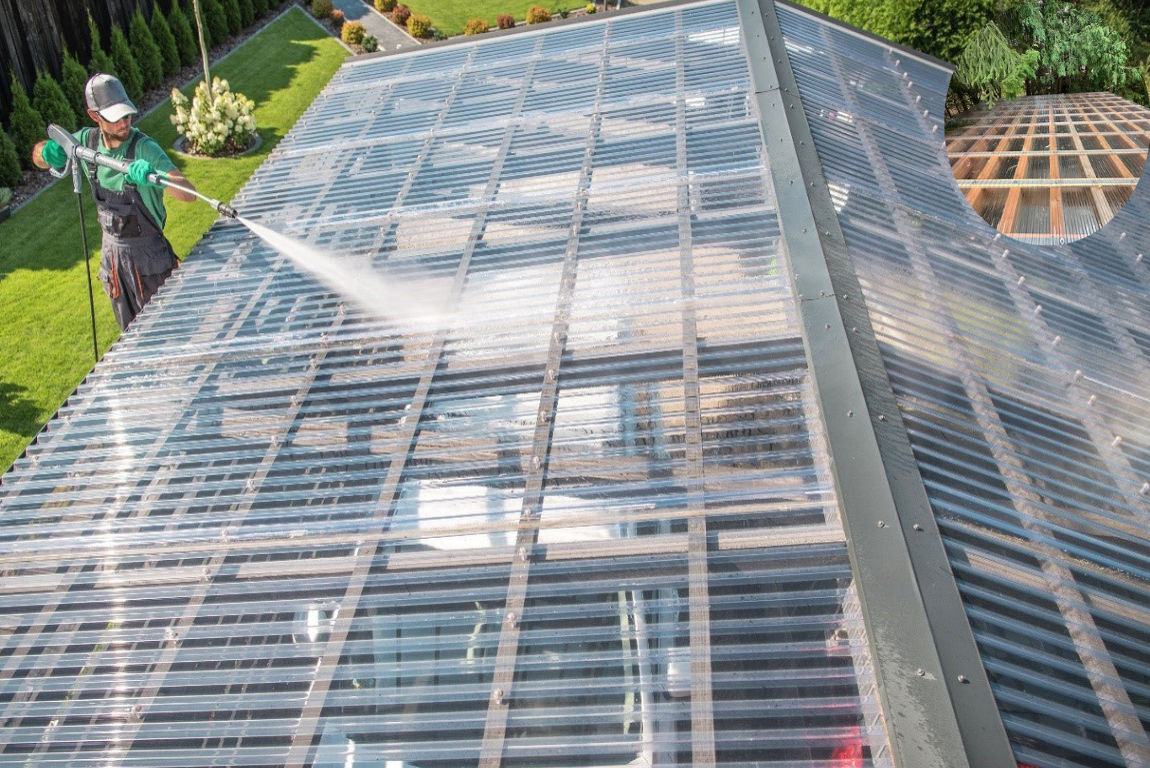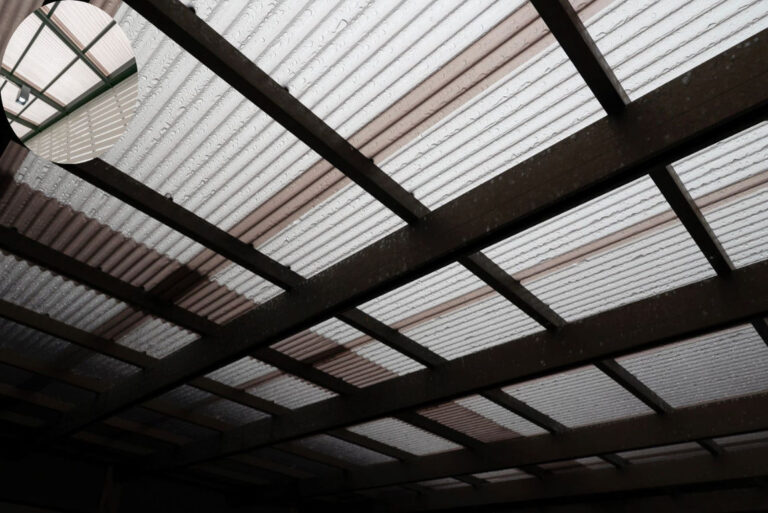Polycarbonate sheets have become a popular choice for DIY enthusiasts and homeowners due to their versatility, durability, and affordability. Whether you’re building a greenhouse, a carport, or installing a new roof, these sheets offer excellent light transmission, weather resistance, and impact strength. Among the various types of polycarbonate sheets, corrugated polycarbonate roof panels are particularly appealing for roofing projects due to their lightweight nature and durability.
However, one of the most critical steps in working with these panels is learning how to cut corrugated polycarbonate house roof panels effectively. Cutting polycarbonate sheets may seem intimidating at first, but with the right tools, techniques, and precautions, it can be a straightforward process—even for beginners.
Understanding Corrugated Polycarbonate Sheets

Before diving into the cutting process, it’s essential to understand what corrugated polycarbonate sheets are and why they are so widely used.
What Are Corrugated Polycarbonate Sheets?
Corrugated polycarbonate sheets are lightweight roofing materials made from polycarbonate plastic. The “corrugated” design refers to their wavy or ribbed structure, which enhances strength and improves drainage. These panels are widely used in residential and commercial projects, particularly for roofs, patios, and greenhouses.
Benefits of Using Corrugated Polycarbonate for Roofing
- Durability: Polycarbonate is highly impact-resistant, making it nearly unbreakable compared to other roofing materials, such as glass or acrylic.
- Light Transmission: These sheets allow natural light to pass through while reducing glare, making them ideal for sunlit spaces.
- Weather Resistance: Polycarbonate is resistant to UV radiation, extreme temperatures, and harsh weather conditions, ensuring long-term performance.
- Lightweight: Unlike traditional roofing materials, polycarbonate sheets are easy to handle and install, requiring no heavy-duty support structures.
- Affordability: Polycarbonate panels are cost-effective and low-maintenance, making them a budget-friendly option for homeowners.
Types and Thicknesses of Polycarbonate Sheets
Polycarbonate sheets come in various types (solid, multiwall, and corrugated) and thicknesses, typically ranging from 0.8 mm to 16 mm. For roofing projects, corrugated sheets with a thickness of 0.8 mm to 1.2 mm are commonly used.
Why the Cutting Technique Matters
Cutting polycarbonate sheets properly is crucial to maintaining their structural integrity. Incorrect techniques can cause cracks, chipping, or uneven edges, which may compromise the panel’s performance and lifespan. By using the right tools and methods, you can ensure clean, precise cuts every time.
Essential Tools for Cutting Corrugated Polycarbonate Roof Panels

To achieve professional results when cutting polycarbonate sheets, you’ll need the right tools. Below is a list of recommended tools along with their purposes:
Recommended Tools for Cutting Polycarbonate
- Tape Measure and Felt-Tipped Pen
- Use these to measure and mark your cutting lines accurately. A felt-tipped pen is ideal because it leaves visible marks on the protective film without damaging the sheet.
You may also read (the ultimate tool shingling hammer for home roofing).
- Straightedge or Ruler
- A straightedge helps you draw precise, straight lines for cutting.
- Utility Knife
- Perfect for scoring thin sheets (up to 1 mm thick). This tool is ideal for minor, precise cuts.
- Circular Saw with Carbide or Fine-Toothed Blade
- Best for cutting thicker sheets or when you need to make long, straight cuts. Ensure the blade is sharp to minimize chipping.
- Clamps or Weights
- It is essential to secure the sheet during cutting to prevent movement and ensure safety.
- Emery Cloth or Sandpaper
- Use these to smooth out rough or sharp edges after cutting.
Hand Tools vs Power Tools: Pros and Cons
Tool TypeAdvantagesDisadvantages
Hand Tools Affordable, ideal for minor cuts, Time-consuming for large projects
Power Tools: Fast and efficient for significant cuts. Requires more skill and safety precautions.
Both hand tools and power tools have their place in cutting polycarbonate sheets. The choice will depend on the thickness of the sheets and the size of your project.
Step-by-Step Guide: How to Cut Corrugated Polycarbonate House Roof Panels

Now that you have the tools ready, let’s go through the cutting process step by step.
Preparation
- Measure Twice, Mark Once
- Use a tape measure and felt-tipped pen to mark your cutting lines on the protective film side of the sheet.
- Double-check your measurements to avoid mistakes.
- Secure the Sheet
- Place the sheet on a stable work surface and use clamps or weights to secure it in place. This step ensures safety and precision.
Cutting with a Utility Knife
- Score the Line
- Firmly press the utility knife along the marked line, scoring the surface as you go.
- Repeat Scoring
- Make several passes with the knife to deepen the cut.
- Bend and Snap
- Carefully bend the sheet along the scored line to snap it cleanly.
- Trim Remaining Edges
- Use the knife to trim any small connections along the cut edge.
Cutting with a Circular Saw
- Adjust Blade Depth
- Set the blade depth to slightly exceed the thickness of the sheet.
- Align and Cut
- Align the saw with the marked line and make a smooth, steady cut.
- Avoid Chipping
- Run the saw at full speed and avoid stopping mid-cut to prevent chipping.
You may also read (discover the spanish slang for house today).
Additional Cutting Methods
- Tin Snips or Shears
- Great for small or curved cuts.
- Jigsaw with Fine-Toothed Blade
- It is ideal for intricate or detailed cuts that require precision.
Safety Tips When Cutting Polycarbonate Sheets

Safety should always be your top priority. Follow these guidelines to protect yourself and your materials:
- Wear Protective Gear: Always use goggles and gloves to shield yourself from debris and sharp edges.
- Work in a Well-Ventilated Area: Cutting may produce fine plastic particles, so proper ventilation is essential.
- Secure Materials: Ensure sheets are clamped down to avoid accidents.
- Handle Power Tools Carefully: Follow the manufacturer’s instructions and keep fingers away from blades.
Common Mistakes to Avoid
Avoid these common errors to ensure a smooth cutting process:
- Skipping Measurements: Always measure and mark accurately to prevent waste.
- Using the Wrong Blade: Dull or incorrect blades can cause rough edges and cracks.
- Removing Protective Film Prematurely: It’s best to leave the film on until installation to avoid scratches.
- Applying Excessive Pressure: Let the tools do the work—too much force can crack or damage the sheets.
Finishing Touches: How to Smooth and Seal Cut Edges
- Smoothing Edges: Use emery cloth or fine sandpaper to smooth any rough edges after cutting.
- Sealing Edges: Consider sealing edges with silicone to prevent water ingress and extend the lifespan of the sheet.
- Keep UV Film On: Ensure the UV-protective film remains intact until the installation is complete.
You may also read (can water spraying lower your home temperature).

